
- Home
- About Us
- Advisory Board
- Products
- Services
- News
- Distributors
- Contact Us
- Search
- Lot I-10-7, D7 Street, Saigon Hi-Tech Park, Tang Nhon Phu Ward, Thu Duc City, HCMC(+84) 28 7301 3688Info@wembleymed.com.vn
According to Decision No. 316/QĐ-TTg, by 2025, reference laboratories in Vietnam must be capable of performing 100% of routine tests, and a nationwide interconnection of laboratory test results will be implemented. This milestone requires hospitals and healthcare facilities to proactively invest in modern equipment, human resources, and standardized operating procedures - in order to reduce treatment and national healthcare costs, and to improve overall patient satisfaction.
As 2025 draws near, the critical hour has come.
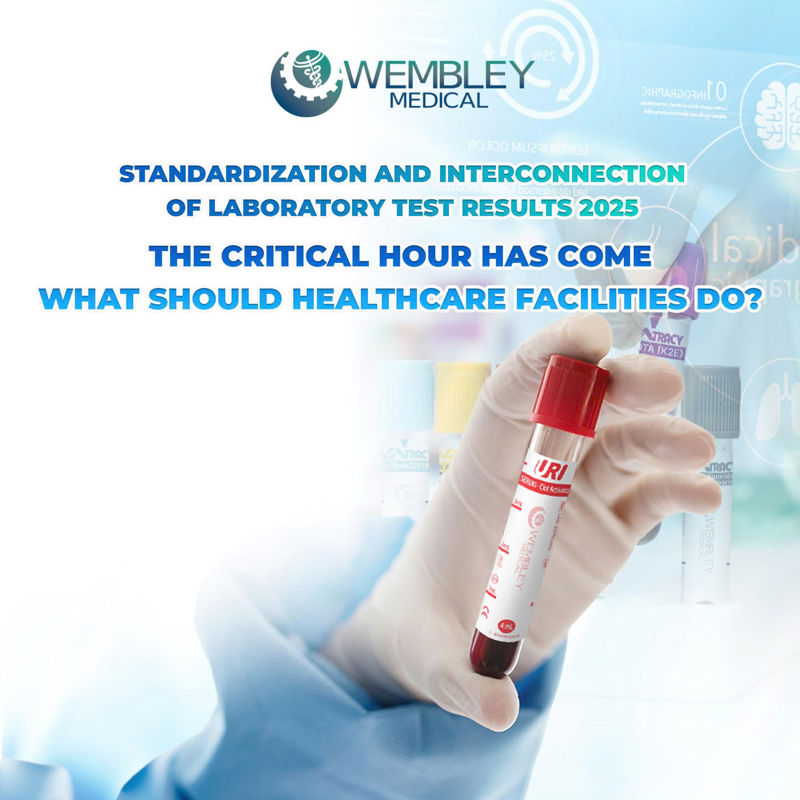
On February 27, 2016, the Prime Minister signed Decision No. 316/QĐ-TTg, approving the Project on Strengthening the Capacity of the Medical Laboratory Quality Management System (2016 - 2025).
The project aims to enhance laboratory quality management and standardize testing systems so that laboratory results can be shared and recognized across all medical facilities. This initiative will reduce patient inconvenience, lower healthcare costs, and align Vietnam’s laboratory quality standards with regional and international benchmarks.
However, implementation has faced several challenges: Many laboratories have not undergone formal quality assessments; Internal and external quality control systems remain underdeveloped; Procurement delays, reagent shortages, and uneven distribution of resources are persistent issues; Significant disparities exist in management capability, personnel training, and equipment quality among different healthcare levels.
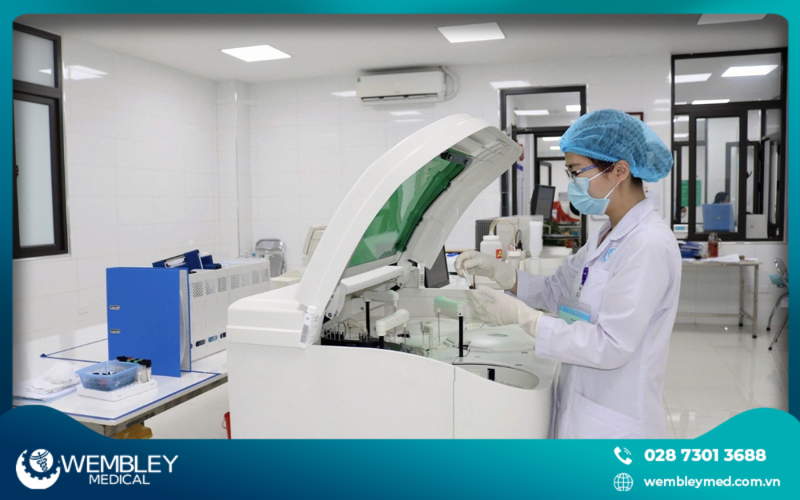
Prof. Dr. Nguyen Duc Cong, Director of Thong Nhat Hospital, emphasized: “To achieve interconnectivity, laboratories must undergo comprehensive standardization - encompassing equipment, personnel, and procedures. Every batch and every specimen must be rigorously calibrated to minimize analytical errors.”
Currently, Vietnam has approximately 3,000 laboratories, yet only around 10% meet required quality standards.
Interconnection is not merely a matter of data exchange - it is fundamentally about ensuring equivalence and reliability of test results across laboratories.
If a laboratory fails to meet standards, its results will not be recognized, forcing patients to retest, which increases both costs and systemic burdens.
Therefore, the healthcare sector is now focusing on holistic laboratory standardization: not only in machinery, but also environmental conditions, workflow protocols, sample handling, and personnel competence.
Only when all laboratories follow a unified standard can Vietnam’s laboratory network speak a “common language” for interconnected testing.
Enhancing laboratory capability begins with basic instruments that determine the quality of samples. Among these, blood collection tubes play a decisive role in ensuring sample integrity and test accuracy.
In the past, conventional blood collection methods presented several limitations: samples were easily exposed to air, prone to clotting, and biochemical or hematological indicators were often distorted. Manual handling also prolonged collection time and increased the risk of cross-contamination and needlestick injuries among healthcare staff.
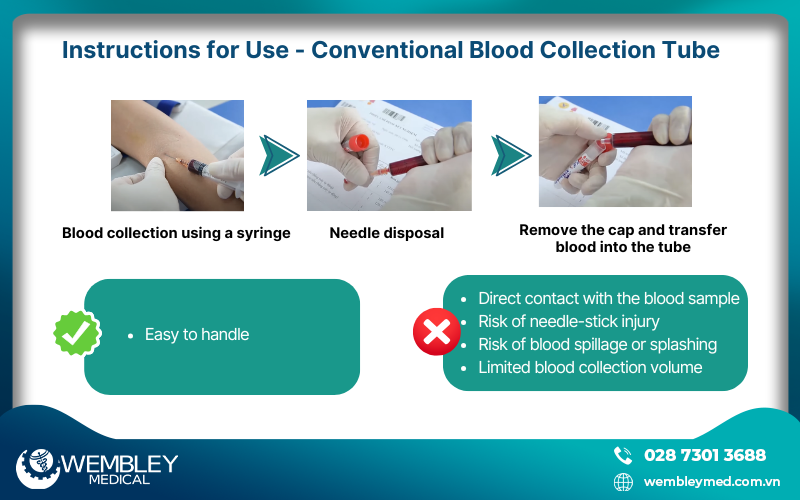
The introduction of vacuum blood collection systems has effectively addressed these challenges, offering significant advantages: Reduced hemolysis through controlled negative pressure; Prevention of clot formation; Faster collection process and accurate blood volume; Compatibility with automated laboratory analyzers,...
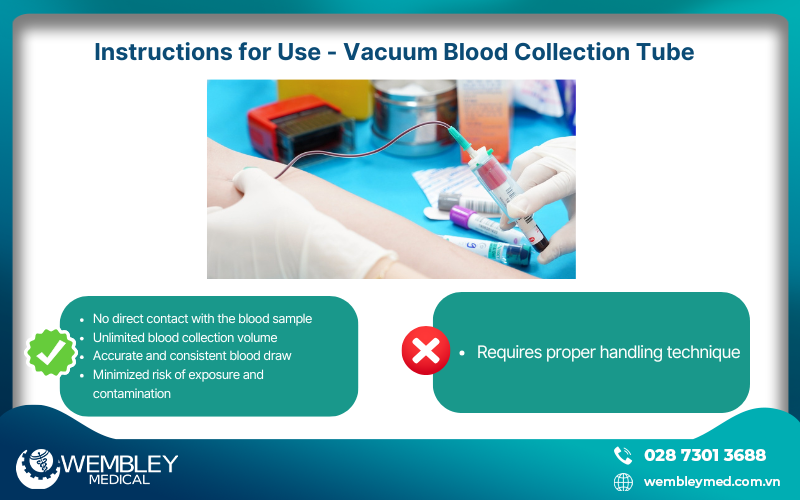
In Vietnam, WEMBLEY MEDICAL is among the pioneering companies manufacturing vacuum blood collection tubes domestically. Our VATRACY product line is developed and produced in compliance with European standards, offering outstanding technical features:
Tube body made of Polyethylene Terephthalate (PET) or PET + PP, ensuring superior sealing and chemical stability.
Tube cap composed of Polyethylene (PE) and a high-elasticity rubber stopper for smooth needle penetration.
Tube structure prevents leakage during transport and sample handling.
Gamma irradiation sterilization ensures microbial decontamination while preserving reagent stability.
Reduces hemolysis since blood is drawn directly into the tube under vacuum pressure.
Minimizes patient discomfort and shortens collection time.
Reduces risks of needlestick injuries and sample spills, enhancing healthcare worker safety.
Prevents air exposure, resulting in more stable and accurate test outcomes.
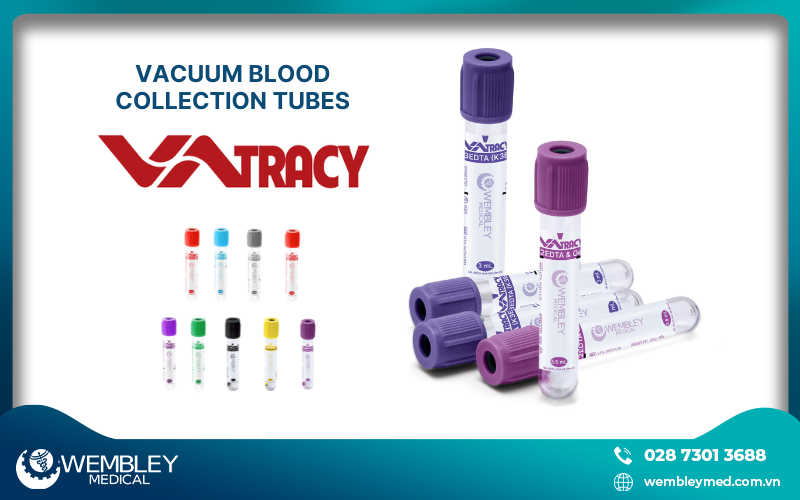
VATRACY vacuum tubes are produced under rigorous international quality management systems, certified by:
ISO 13485:2016, ISO 9001:2015, and ISO 14001:2015
GMP (Good Manufacturing Practice) compliance
European CE Marking certification
Certificates of Free Sale (CFS) from the United Kingdom, Spain, and Vietnam
With our proven quality, we believe that the widespread adoption of VATRACY tubes will reduce overall laboratory costs, accelerate modernization, and contribute to the nationwide integration of laboratory test results.
For healthcare facilities not yet equipped with vacuum blood collection systems, a feasible solution is to use traditional blood collection tubes that still meet strict safety and technical requirements. Such products must ensure biosafety compliance, accurate volume, sample integrity, and compatibility with laboratory testing procedures.
Currently, the URI blood collection tubes produced by WEMBLEY MEDICAL have been quality-verified to meet all clinical safety and performance standards. Manufactured on fully automated production lines within Class 100.000 cleanrooms, URI tubes provide high accuracy, stability, and support laboratories in maintaining consistent, reliable, and standardized testing outcomes.
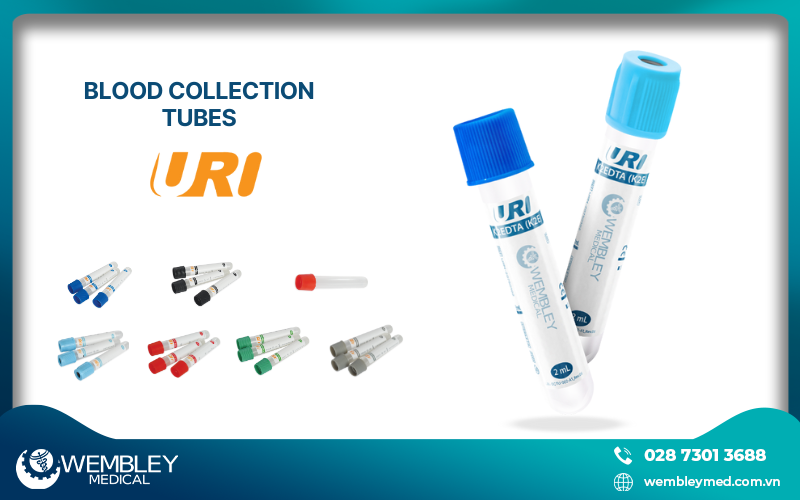
WEMBLEY MEDICAL is proud to contribute to the National Laboratory Test Result Interconnection Program by delivering internationally certified products and partnering with laboratories across the country to fulfill the Government’s objectives - ultimately improving the quality of healthcare for the Vietnamese people.